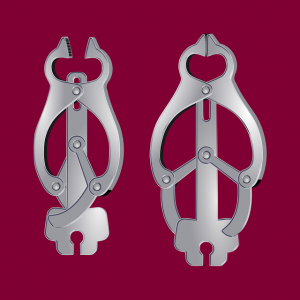Many, many moons ago I attended Gwyrosydd Elementary (Junior) School on the outskirts of Swansea. Built in the 1950s it is your typical single storey, red brick, glass dominated, functional school of that era. I was reasonably good at the 3″Rs” and usually finished in the top six of the class for weekly tests and term exams. Unfortunately this hint of some brain matter placed me at a disadvantage when it came to playing sports. Not me personally, but some of the educationally challenged boys in the class assumed the stance that academics and sports don’t mix; not in their playground or football field anyway.
I always yearned to play for the school football team wearing the red shirt and black shorts on a chilly Saturday morning. Stuart Morgan, Brian Collins and Terry John were stars of the team, but their constellations didn’t shine too brightly in the classroom. Stuart Morgan in particular resented anyone who did well in the weekly test. He always appeared to have a permanent snarl on his face, or maybe it was a leer.
At the age of 11 years old, I was not very good at football. My dad had been an outstanding player and left footed. I convinced myself that I too was left footed. In reality I was naturally right footed and my left leg was used mainly used to stand on while I swung the right. It was about this time I developed a painful veruca on the base of my left foot which gave me an excuse to tell the world I could no longer kick with my left foot, and I would have to reinvent myself as a right footed player.
Unfortunately, I still imagined myself as a fleet footed left winger flying down the touchline and pinging hundreds of crosses into the goal mouth for our centre forward to head the ball into the back of the net. Of course It’s very difficult to provide a stream of crosses from the left wing when you can’t kick the side of a barn door with your left foot.
On a Friday afternoon Mr. Williams, the teacher in charge of the football team, would enter our class room with a pile of red jerseys and distribute them to the boys lucky enough to be picked for the match on Saturday morning. I believe I was once picked as a reserve in mufti. In other words I would not be adorning the red and black standing on the side lines. Being a reserve had no status as there were no substitutes allowed in those days. It was merely an honorary title andI may have had the chance to rub shoulders with the red and black gladiators, and perhaps run on the field with the magic sponge.
I didn’t believe the boys in the team were much better than me save for Stuart Morgan, Brian Collins or maybe Terry John. Stuart Morgan later signed as a young professional for West Ham United, but never played for the first team languishing in the lower leagues for most of his career. They were not bigger than me, but far more aggressive as I recall. Maybe I should have learned to snarl or leer at people or drop the odd expletive.
A few years later, it gave me great pleasure to overtake my red and black nemesis in the home straight of a cross country race. I could hear him screaming at me to slow down since he didn’t take kindly to being humiliated by a kid who passed his eleven plus and had no business exceling at sports.
Today I saw a photograph of my four year old grand daughter on Facebook about to embark on her first day at school wearing black patent shoes, frilly white ankle socks and looking very chic in her red and black uniform. It is some consolation knowing that somebody in my family got to wear the red and black.







